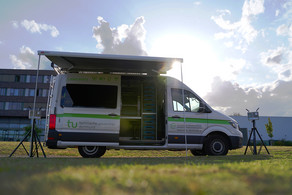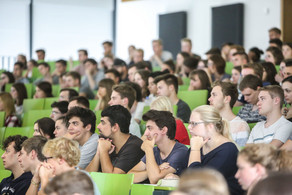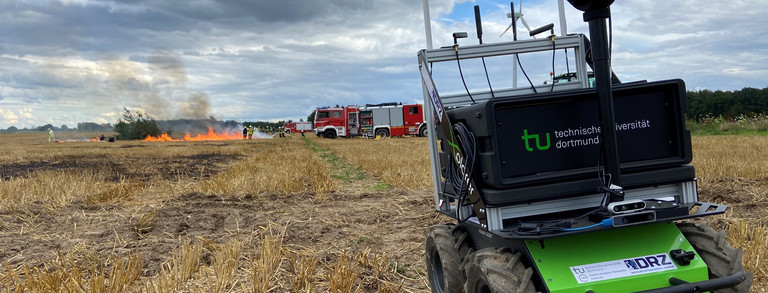BERCOM
Within the BERCOM project ((Blueprint for Pan-European Resilient Critical Infrastructures based on LTE Communications), concepts for a specifically hardened Long Term Evolution (LTE) communication system for critical infrastructures are developed. The performance of this communication system is evaluated using simulations, lab set-ups and practical experiments.
The European energy decentralized generation, transmission and distribution system is in a full-scale change process. In future, Smart Grids shall control those complex systems by means of underlying information and communication technology (ICT) infrastructures and corresponding distributed SCADA (Supervisory Control and Data Acquisition) services. Those ICT infrastructures need to fulfil challenging requirements. An increasing amount of devices requires a reliable provision of required data rates and guaranteed response times, especially in critical system situations.

One solution for these challenges is the hardening of the existing LTE technology. Based on current standards, TU Dortmund University develops concepts for optimized resource allocation and relaying of data to guarantee low latencies and high reliability even in concurrency situations. The concepts are evaluated in simulations and experiments using real data of energy systems.
The scientific results of the BERCOM project contribute to the deployment of validated, high reliable communication systems, as well as distribution in the European context.
Project duration: 01.09.2015 - 31.08.2018
Further information:





